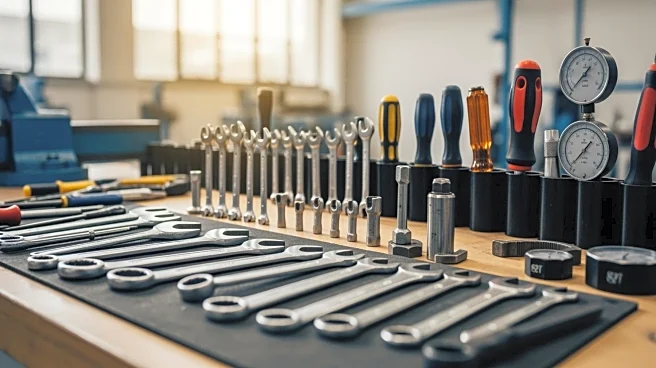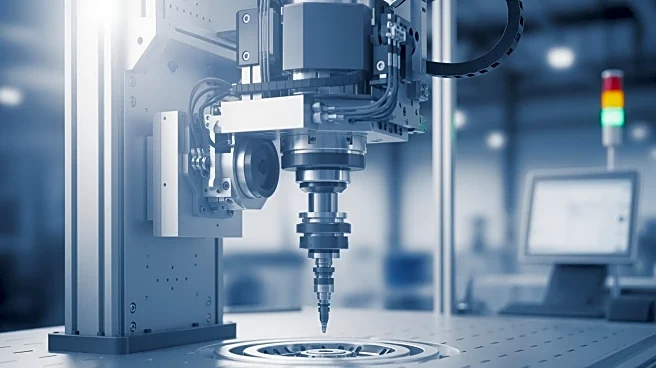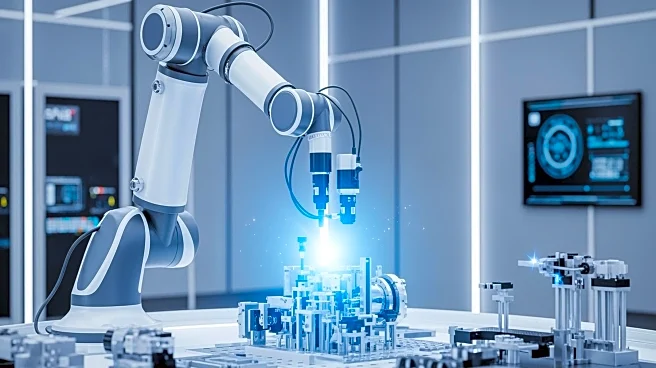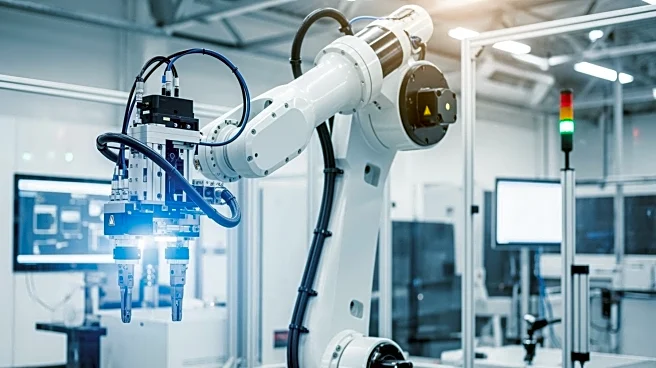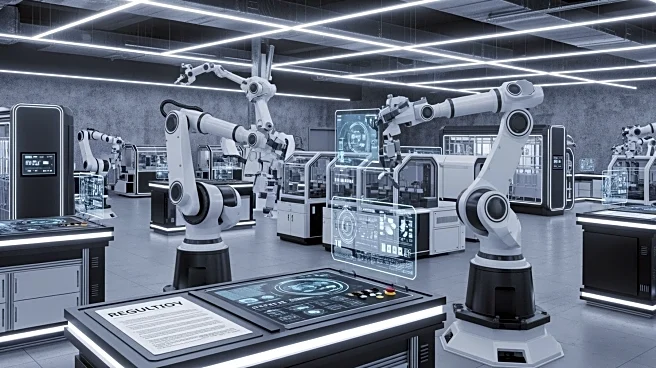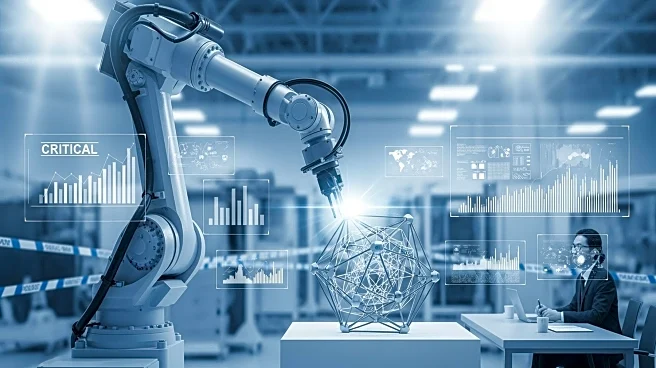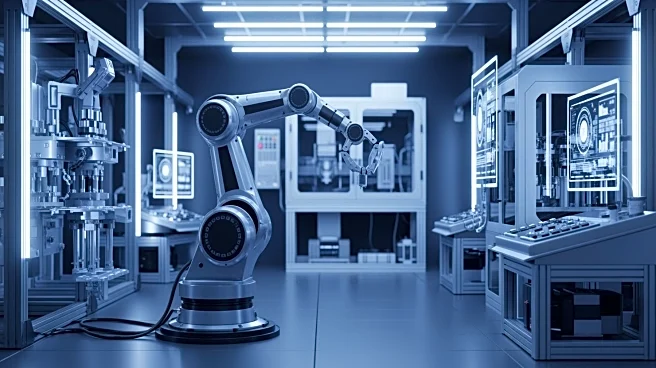What's Happening?
A recent survey conducted by MaintainX, involving over 1,300 maintenance professionals, has highlighted key challenges and trends in industrial maintenance. The 2025 State of Industrial Maintenance report reveals that while 71% of facilities have an active
preventive maintenance strategy, only 58% dedicate less than half of their maintenance time to preventive work. Daniel Marchant, a service manager at Xylem, emphasizes the importance of engaging frontline teams to effectively execute these strategies. Rising costs due to machine wear and macroeconomic factors like tariffs are impacting operations, necessitating better inventory management. Additionally, AI adoption is increasing, with 44% of respondents implementing AI in some capacity, although its success depends on thoughtful application. The industry also faces a talent shortage, with up to 40% of maintenance professionals expected to retire in the next five years, highlighting the need to capture and share tribal knowledge.
Why It's Important?
The findings from the survey underscore significant challenges in the industrial maintenance sector that could affect operational efficiency and cost management. The disconnect between preventive strategy and execution can lead to increased downtime and higher operational costs. As AI becomes more integrated into maintenance operations, it offers potential for improved efficiency but requires careful implementation. The looming talent shortage poses a risk to the continuity of operations, as experienced technicians retire, potentially leaving gaps in expertise. Addressing these issues is crucial for maintaining productivity and competitiveness in the industry, especially as economic uncertainties and technological advancements continue to shape the landscape.
What's Next?
Maintenance leaders are likely to focus on improving engagement with frontline teams to ensure effective execution of preventive strategies. Companies may also invest in AI technologies to enhance operational efficiency, while being strategic about its implementation. Addressing the talent shortage will require efforts to capture and document the knowledge of experienced technicians before they retire. Additionally, businesses may need to adapt their inventory management strategies to mitigate the impact of rising costs and economic uncertainties. These steps are essential for sustaining operations and maintaining a competitive edge in the evolving industrial landscape.
Beyond the Headlines
The industrial maintenance sector is at a crossroads, where technological advancements and workforce dynamics are reshaping traditional practices. The integration of AI and the need for diverse skill sets among maintenance workers reflect broader shifts towards digitalization and automation. As the industry navigates these changes, ethical considerations around workforce management and the equitable distribution of technological benefits may arise. Long-term, these developments could lead to a more resilient and adaptive maintenance sector, capable of responding to future challenges with greater agility.
